Contact Us

This region in southwestern Rajasthan, home to over 60 cave leopards in a relatively small area, offers a rare communion with the wild and a lesson in organic human-wildlife conflict management.
Halfway between Udaipur and Jodhpur, two of Rajasthan's troika of major tourist draws, lies an evocative land composed of granite hills flecked with flaming dhaak and spiny euphorbia. Close by, stretching languidly around the catchment of Luni, Rabari farmlands wound around cooled-lava hills make up the prehistoric outcrops of Jawai.
Jawai, more precisely Bera, shelters one of the highest non-forest concentrations of leopards in the world, and these spotted beingsâknown elsewhere assolitary and highly elusiveâenjoy an unprecedentedly harmonious coexistence with the human residents of the nearby villages. Rabaris consider these graceful cave-dwellers sacred keepers of the 300 hill shrines lodged across this leopard country.





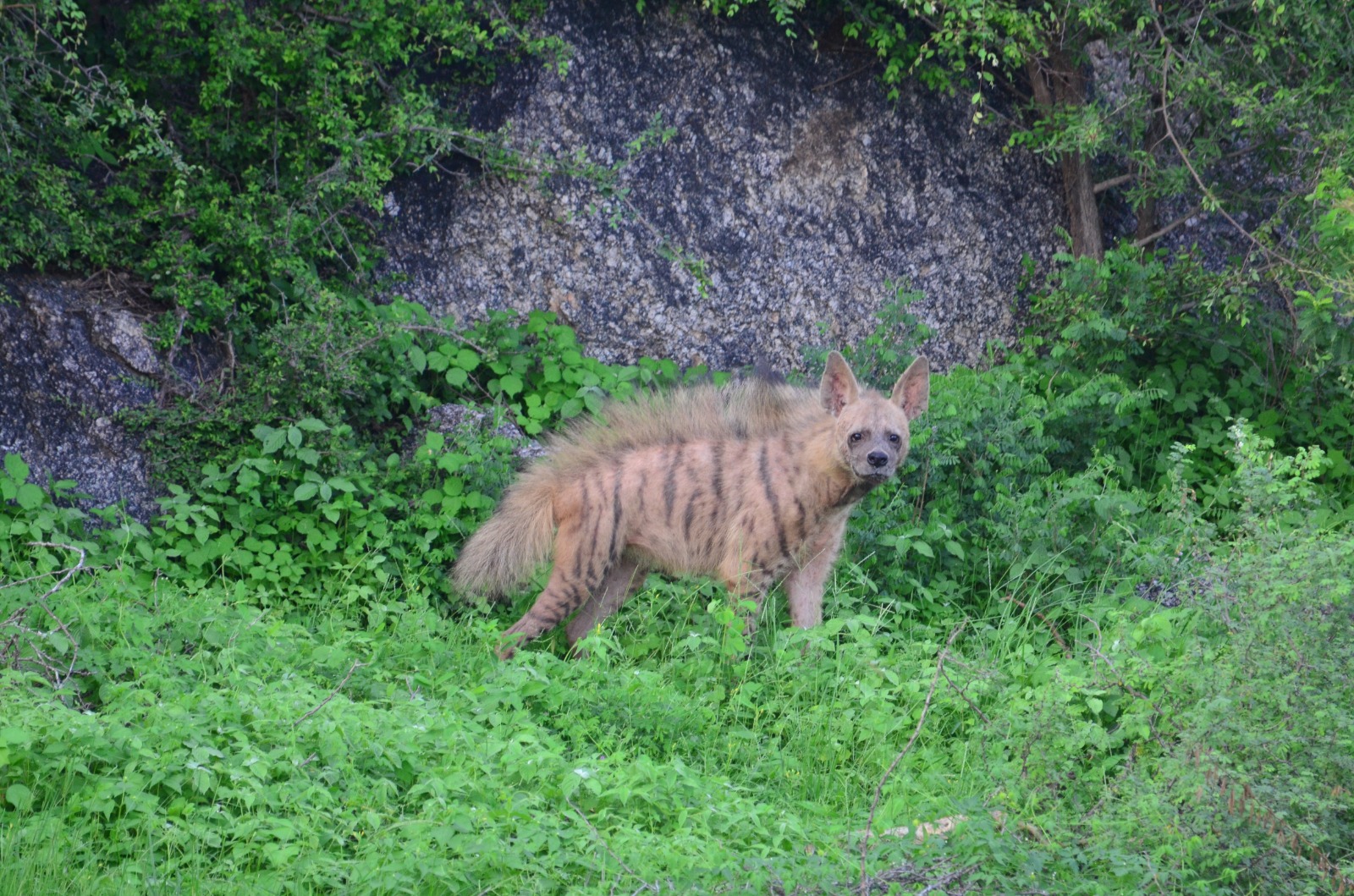
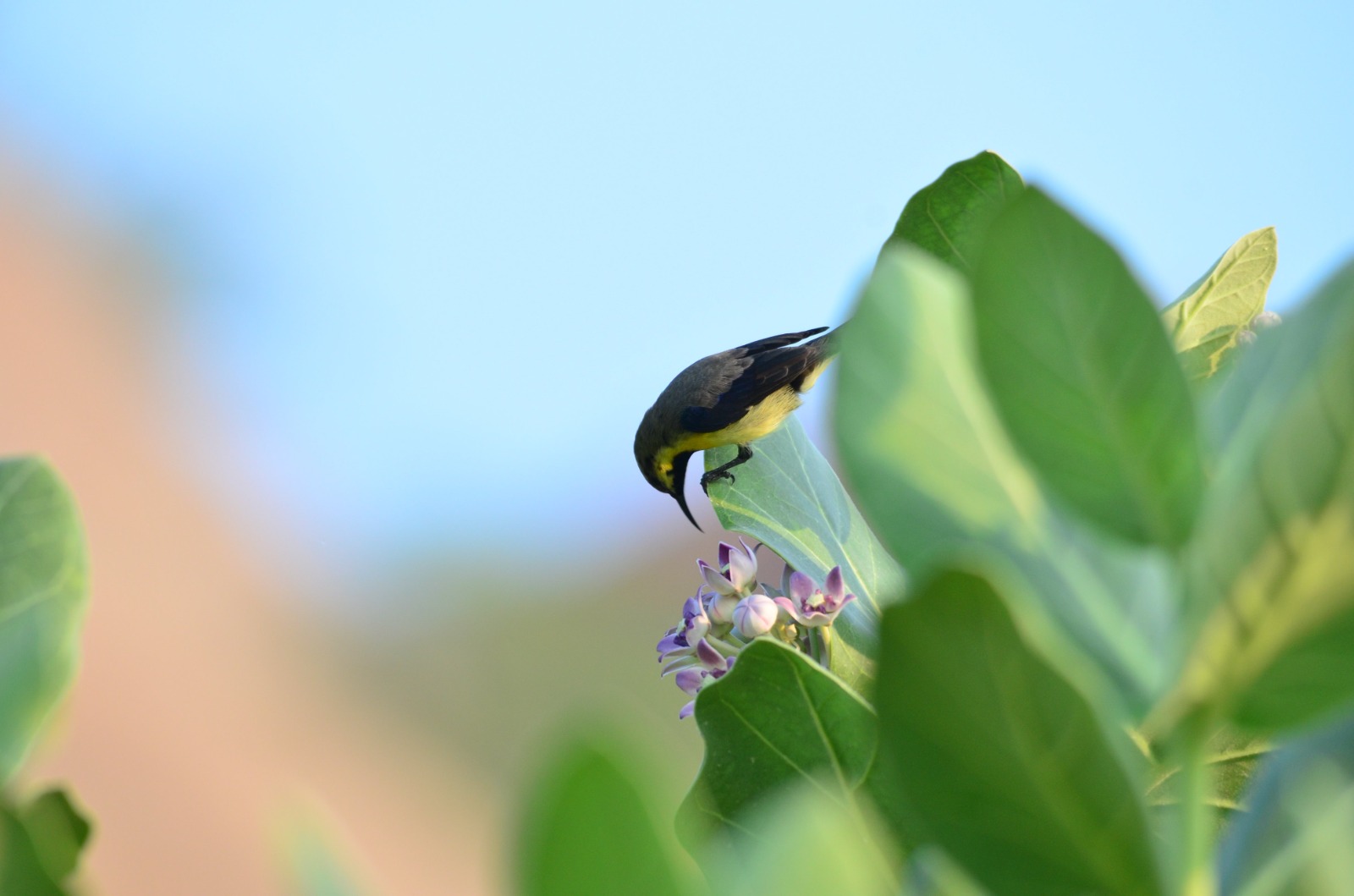
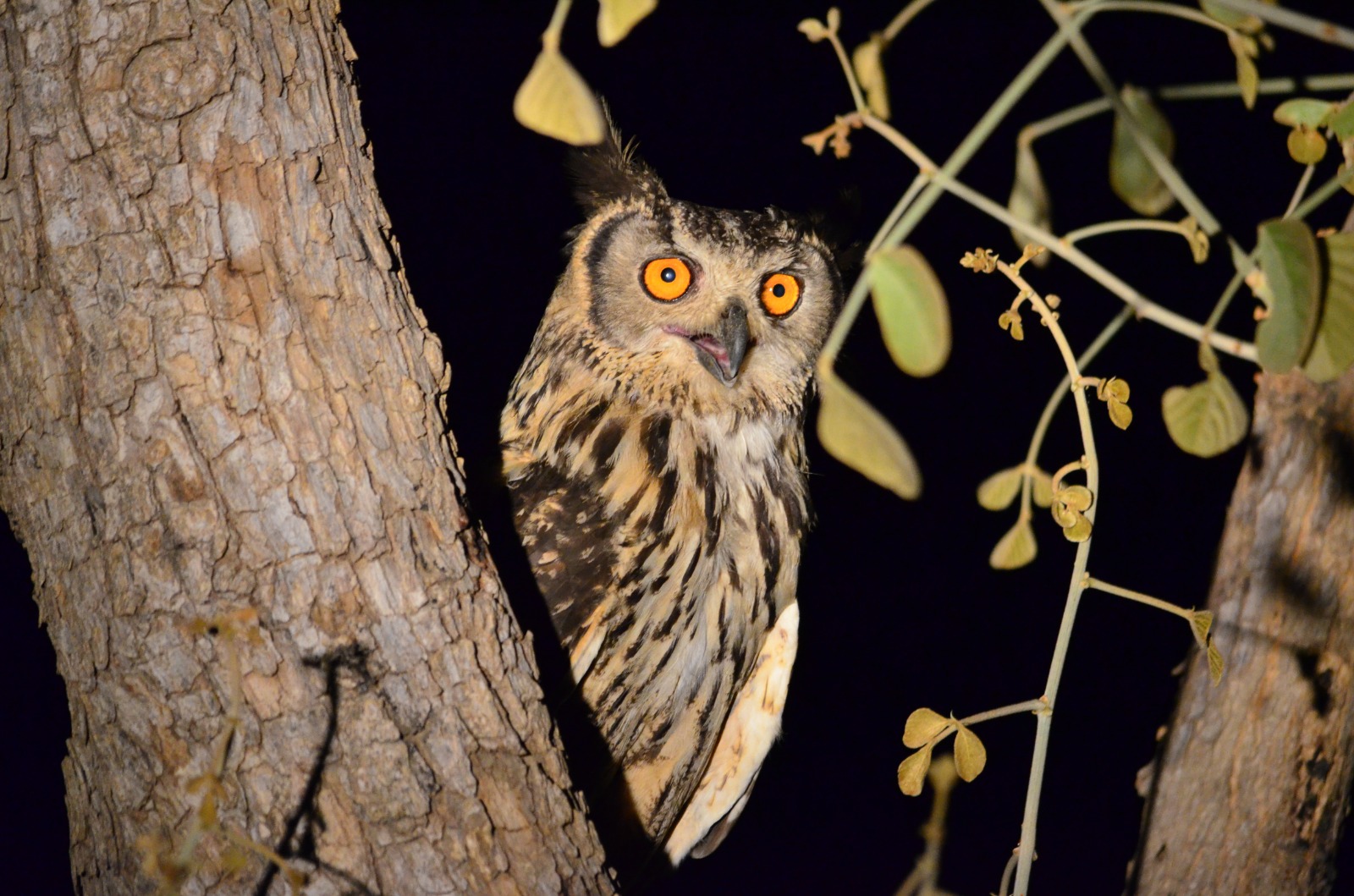
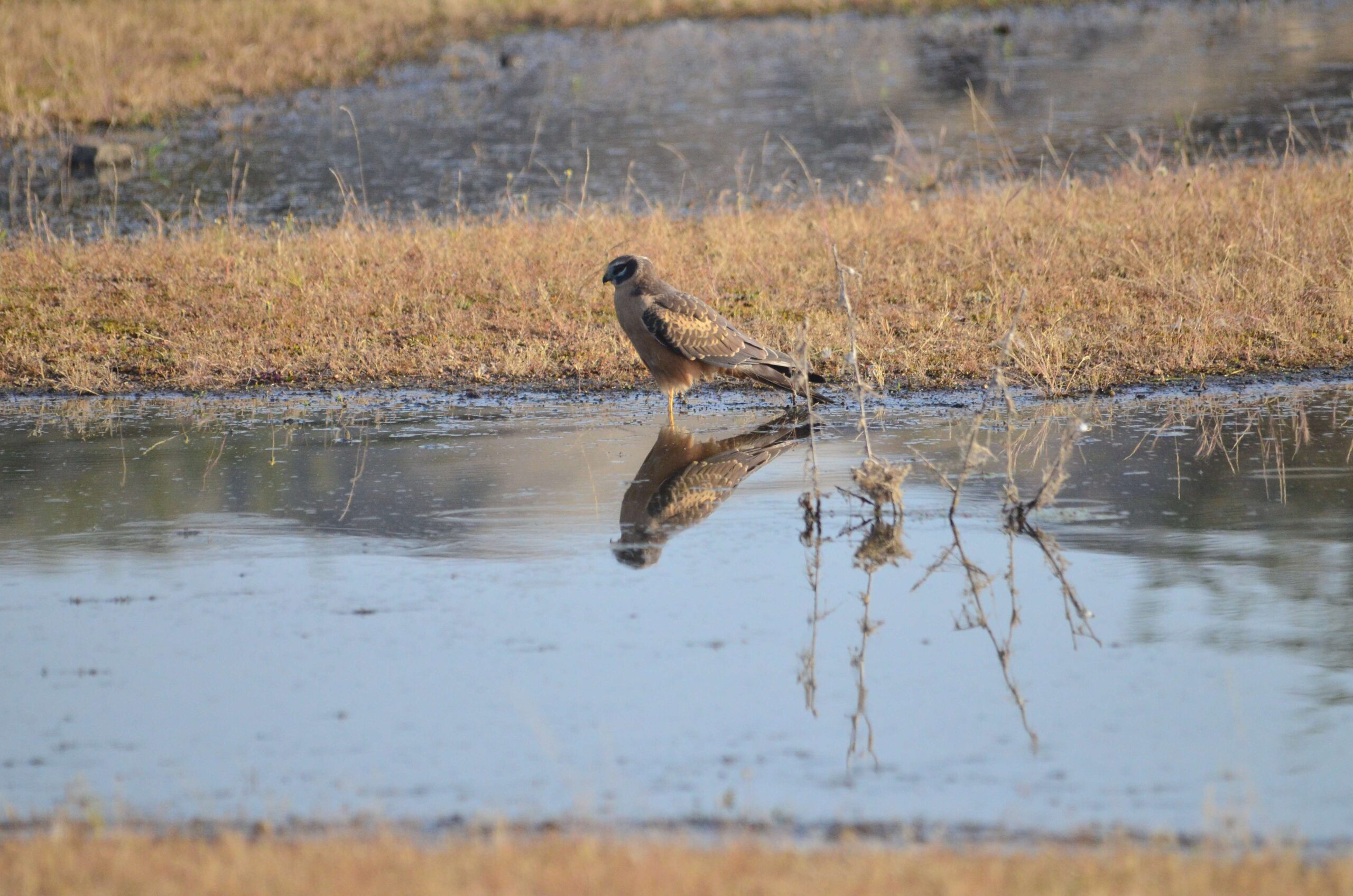
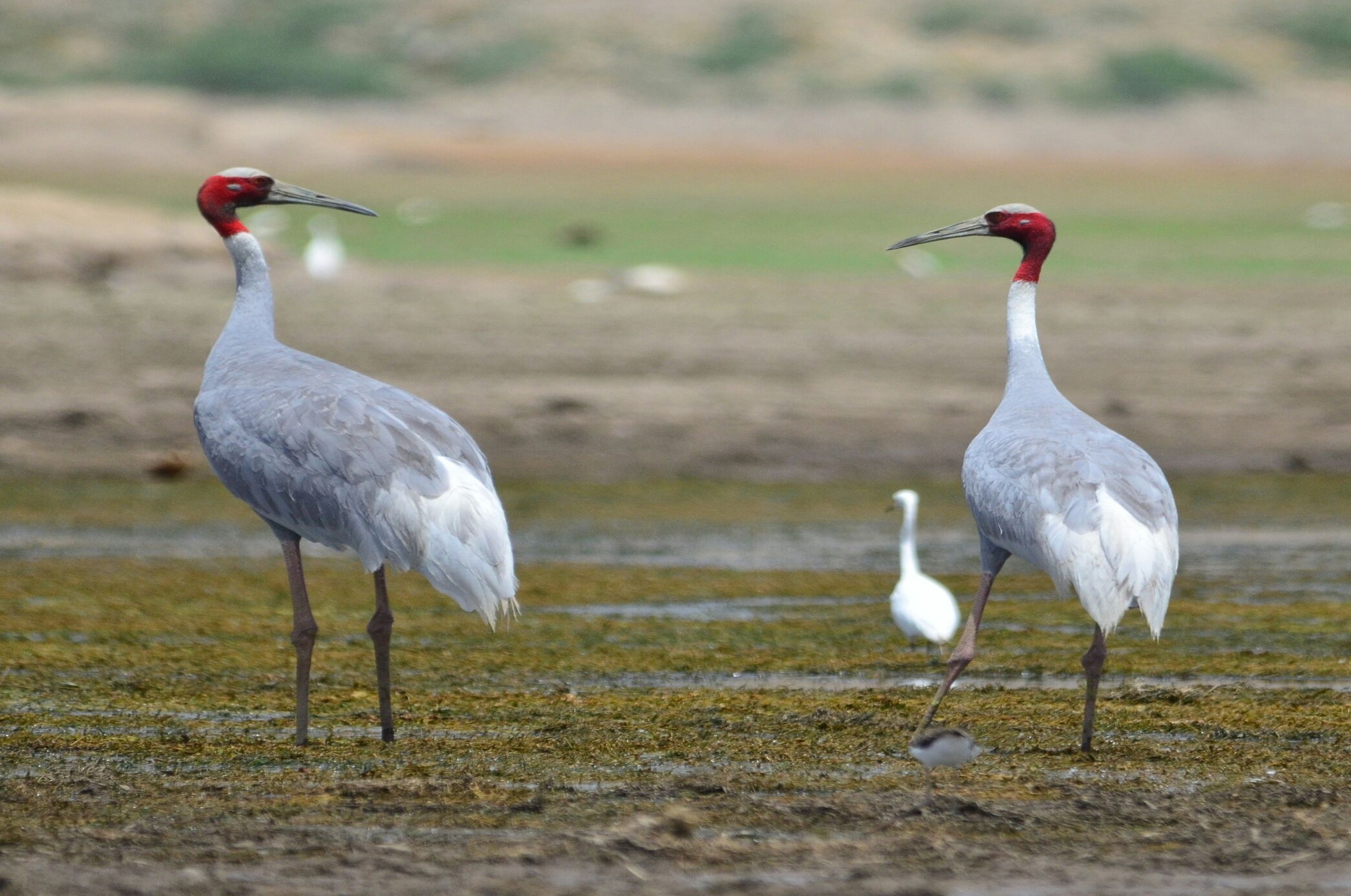
Situated in western Rajasthan, Bera, often nicknamed as "Leopard Country", is
surrounded by dams and lakes, including Jawai Dam, the largest one in the entire
region. The town of Bera has a historic significance in the history of the kingdom
of Mewar (Udaipur) The legendary warrior, Maharana Pratap Singh, demarcated this
land for his fourth son, Rana Shekha, to rule.
Bera Nagar is an ancient city nestled in the lap of the
Aravalli ranges. This region is called Godwad, which is
between Marupradesh and Mewar.
Bera has a history of different eras.
Our Travellers Tell Us… It’s with humility that we share the following, though at the same time, we don’t mind telling you: Castle Bera has made the TripAdvisor certificate of excellence and travelers choice awards list every year since the survey launched , landing in the #1 spot an unprecedented 8 times. Our 8 years on the list also gives us the distinction of being the only company in Hall of Fame. And when prospective travellers hear this, they naturally have a question: What, exactly, did you do to deserve this recognition? The best way we know how to answer that is to let our past travellers say it for us. Below is a sampling of comments from recent guests returning from Jawai Bera . In addition to these testimonials, we can also provide you with references.